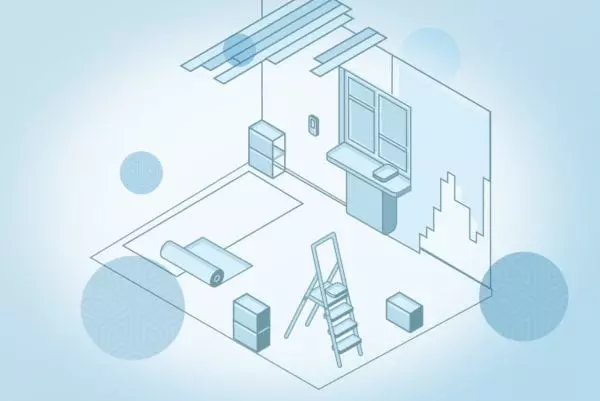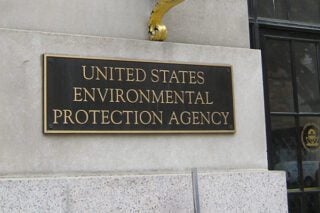South Korea has revised its Asbestos Safety Management Act (ASMA), which will take effect on August 15, to update and strengthen its regulations for renovations and demolitions of buildings that contain asbestos. The government did this in an effort to minimize health risks from exposure to asbestos.
Currently, a safety supervisor is chosen by the landlord to go through six hours of education, keep track of the status of asbestos in the building, and ensure proper safety measures are taken to seal, remove, and dispose of asbestos.
With the new regulations, any owner of a building with asbestos must have at least one safety supervisor at any construction site. Any site that’s 2,000 or more square meters is required to have more than one expert.
In comparison, the U.S. continues to lag in passing asbestos mandates. A number of regulations and laws at both the federal and state levels are in place – such as the Environmental Protection Agency’s (EPA) set of standards known as the Asbestos National Emission Standards for Hazardous Air Pollutants (NESHAP). However, asbestos is still not completely banned here in the States.
American state laws also govern the manufacture, use, and distribution of asbestos, or the ability of victims to file claims against asbestos companies and trust funds. While these laws vary from state to state, most of them follow NESHAP guidelines as a minimum level of protection for renovations and demolitions.
According to the World Health Organization (WHO), worn out asbestos can cause lung cancer and mesothelioma. Due to the mineral’s friable nature, disturbing asbestos during renovations and demolitions creates an even greater threat, especially if the asbestos fibers become airborne.
“Exposure to fine particles of worn-out asbestos materials or during reconstruction can lead to health risks such as respiratory or lung disease. That is why it is very important to make sure dismantling or removal of asbestos is done in sealed areas,” said Lee Seung-bok, Professor of Architectural Engineering at Yonsei University in Seoul, South Korea.
In 2009, 482 residents of Hongseong County in South Chungcheong Province developed asbestos-related sicknesses, causing Korea to completely ban the manufacturing, import, and use of construction materials containing over 0.1% asbestos. Many asbestos mines were located in that area.
Although the ASMA began in 2011, many buildings still contain asbestos across Korea because asbestos was widely used prior to the 1970s for slate roofs, interior materials, soundproof walls, and insulators.
In Seoul, 3,456 buildings contain asbestos. 78% of its school buildings, 50 of its public facilities (subway stations, libraries, hospitals, supermarkets, hotels, and department stores), and 35% of its senior centers and day care centers were made with asbestos materials.
“Like other developed countries which have used a large amount of asbestos in the past, using asbestos has not been a big deal,” said Seung-bok.
“Although there has been no rapid increase in asbestos-related illnesses here so far, such illnesses are expected to increase due to a large amount of asbestos used in the past four decades and the long latency period,” said Choi Ye-yong, Head of the Asian Citizen’s Center for Environment and Health.
At least 2,184 South Korean victims have suffered damages from asbestos exposure since 2011.





